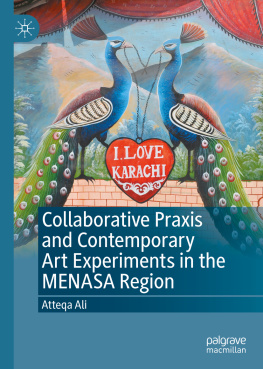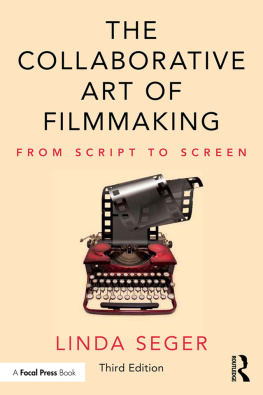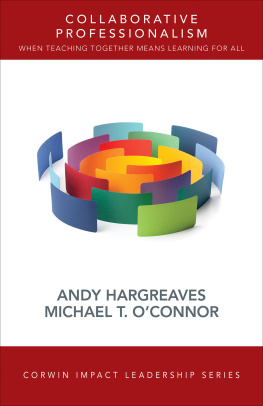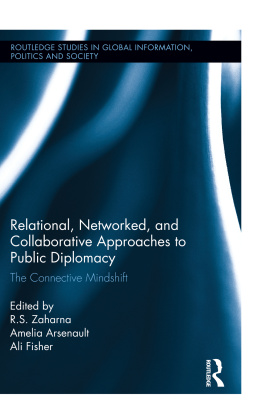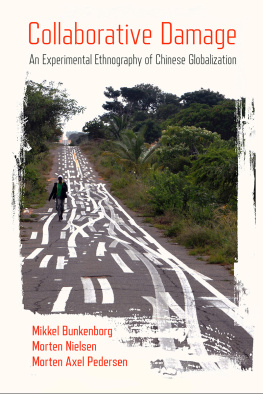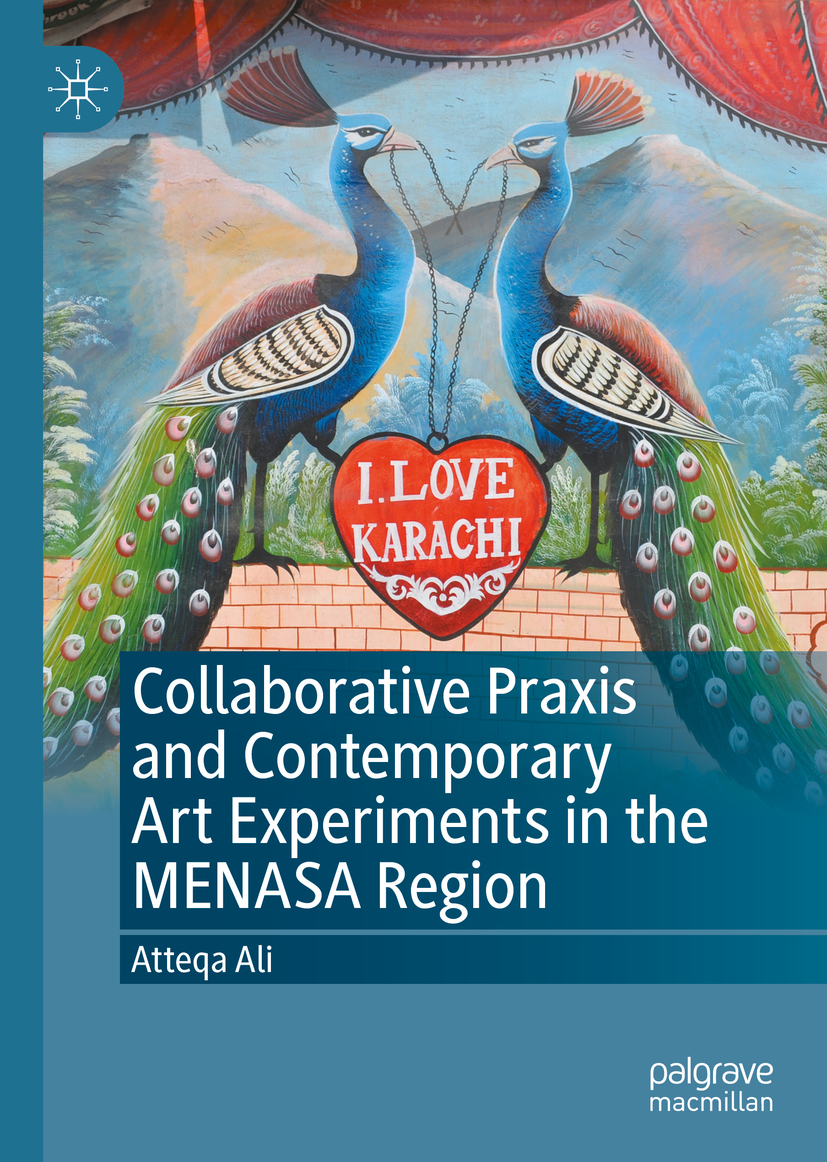Atteqa Ali - Collaborative Praxis and Contemporary Art Experiments in the MENASA Region
Here you can read online Atteqa Ali - Collaborative Praxis and Contemporary Art Experiments in the MENASA Region full text of the book (entire story) in english for free. Download pdf and epub, get meaning, cover and reviews about this ebook. City: Singapore, year: 2020, publisher: Palgrave Macmillan, genre: Art / Computer. Description of the work, (preface) as well as reviews are available. Best literature library LitArk.com created for fans of good reading and offers a wide selection of genres:
Romance novel
Science fiction
Adventure
Detective
Science
History
Home and family
Prose
Art
Politics
Computer
Non-fiction
Religion
Business
Children
Humor
Choose a favorite category and find really read worthwhile books. Enjoy immersion in the world of imagination, feel the emotions of the characters or learn something new for yourself, make an fascinating discovery.
- Book:Collaborative Praxis and Contemporary Art Experiments in the MENASA Region
- Author:
- Publisher:Palgrave Macmillan
- Genre:
- Year:2020
- City:Singapore
- Rating:3 / 5
- Favourites:Add to favourites
- Your mark:
Collaborative Praxis and Contemporary Art Experiments in the MENASA Region: summary, description and annotation
We offer to read an annotation, description, summary or preface (depends on what the author of the book "Collaborative Praxis and Contemporary Art Experiments in the MENASA Region" wrote himself). If you haven't found the necessary information about the book — write in the comments, we will try to find it.
This book examines the ways in which artists and arts organizations today forge collaborative, socially engaged situations that involve non-professionals in the process of making art, often over a period of time, through creating opportunities to examine collective concerns and needs. Collaborative art praxis is gaining prominence in the Middle East, North Africa, and South Asia (MENASA) region. This is a discursive method that is experimental, with results that often expand the notions of what art isand how it can be produced. After an introduction to global approaches to such a practice, Ali examines the foundation of contemporary art in the MENASA that is linked to a longer history of colonialism. The book analyzes artist-led initiatives and community-based organizations through themes including relational aesthetics, war and violence, blight in marginalized places around the world, in addition to questions associated with art and its value in the fields of global contemporary art and society.
Atteqa Ali: author's other books
Who wrote Collaborative Praxis and Contemporary Art Experiments in the MENASA Region? Find out the surname, the name of the author of the book and a list of all author's works by series.

